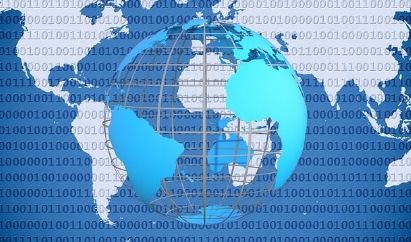What is the WTO (World Trade Organization) and How Does It Shape Global Trade?
The World Trade Organization (WTO) is the primary international body responsible for overseeing and regulating international trade. Established in 1995, the WTO facilitates global trade cooperation, providing a framework for negotiating and formalizing trade agreements and a mechanism for dispute resolution among countries. This article will explore the role, functions, and influence of the WTO in global trade dynamics, addressing common inquiries related to its operations and impact.

What is the World Trade Organization?
The WTO is an organization that aims to ensure that international trade flows as smoothly, predictably, and freely as possible. It has over 160 member countries and deals with the global rules of trade between nations. Its main function is to provide a forum for negotiating trade agreements, resolving trade disputes, and monitoring national trade policies.
How does the WTO operate?
The WTO operates on a consensus-based governance structure, where all decisions are made by the entire membership, typically by consensus or by majority votes on matters such as trade agreements. Key functions include:
1. Administering WTO trade agreements
2. Providing a forum for trade negotiations
3. Handling trade disputes
4. Monitoring national trade policies
5. Providing technical assistance and training for developing countries
6. Cooperating with other international organizations
What are the main principles of the WTO?
The core principles guiding the WTO include:
1. Non-discrimination: Two major components, the most-favored-nation (MFN) rule and the national treatment policy, ensure that countries cannot discriminate between their trading partners and must treat foreign goods as favorably as domestic products.
2. Reciprocity: Encourages mutual concessions in negotiations to lower trade barriers.
3. Binding and enforceable commitments: The agreements that WTO members commit to are enforceable under international law and are bound by specific commitments.
4. Transparency: Requires member countries to make their trade policies transparent by notifying the WTO about laws in force and measures adopted.
What are the benefits of being a WTO member?
1. Access to an established system of trade rules: Membership provides a clear and predictable legal basis for international trade.
2. Dispute resolution mechanism: The WTO's dispute resolution system provides a means to enforce members' rights under the agreements and ensures that their trading relationships remain stable and predictable.
3. Ability to influence international rules: Members have the opportunity to influence the trade rules that govern the global economy.
4. Economic benefits: Studies have shown that WTO membership tends to enhance trade and economic growth through more open, fair, and transparent trade relations.
What challenges does the WTO face?
The WTO faces numerous challenges, including:
• Negotiations stalling: The Doha Development Round, for example, has been in deadlock for years.
• Rise of bilateral and regional trade agreements: These can undermine the global system that the WTO tries to promote.
• Criticism over handling disputes and decision-making processes: Some argue that the WTO is not effective enough in dealing with trade disputes or adapting to rapidly changing global trade dynamics.
How can countries leverage their WTO membership effectively?
Countries can maximize their benefits from WTO membership by actively participating in negotiations, utilizing the organization's dispute settlement system to protect their trade interests, and complying with their commitments to ensure a stable global trading environment.
Understanding the World Trade Organization is crucial for anyone involved in international trade, as it shapes the legal and operational framework of trade relations on a global scale.
Related articles

 WeChat of CBiBank
WeChat of CBiBank